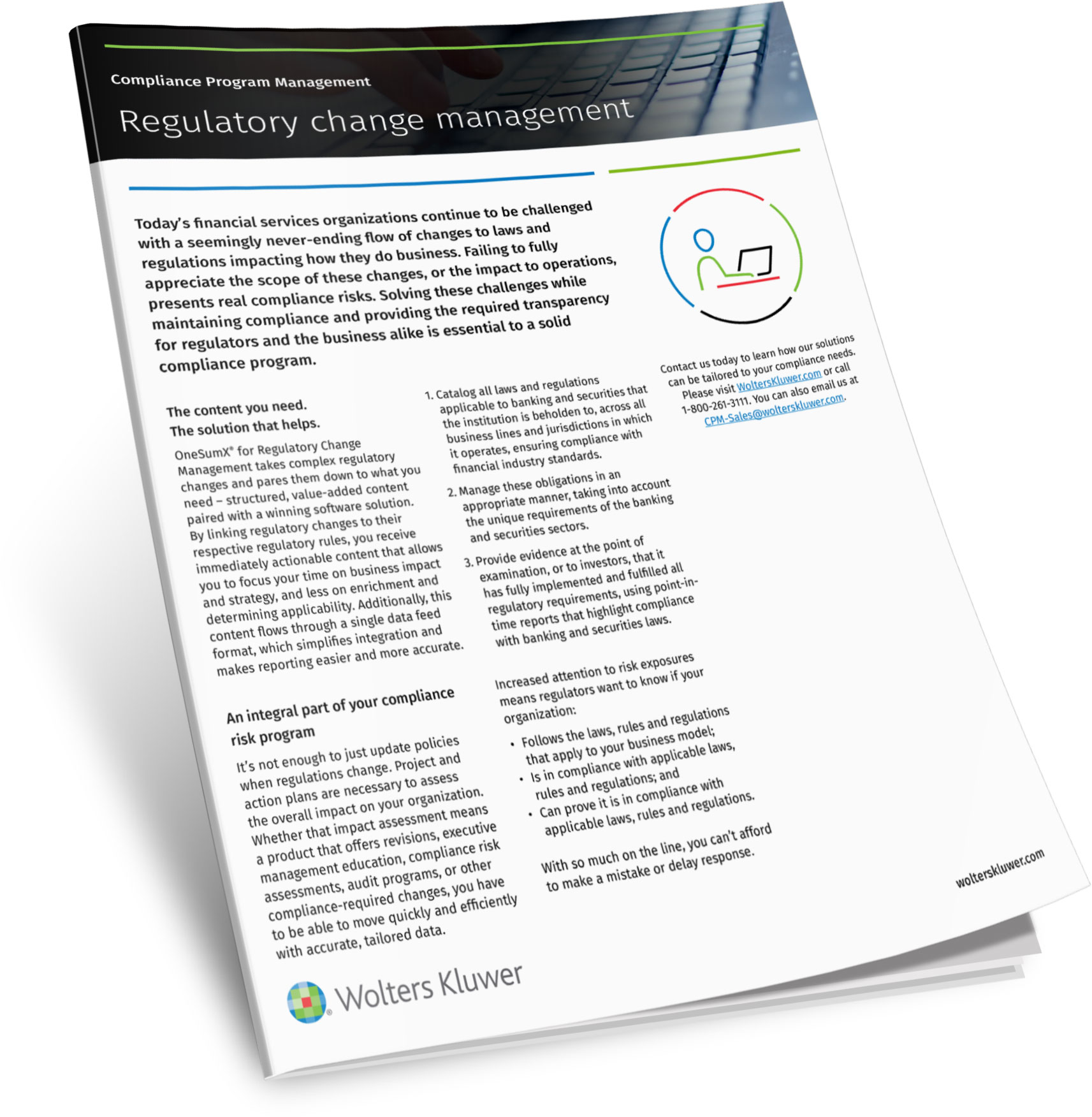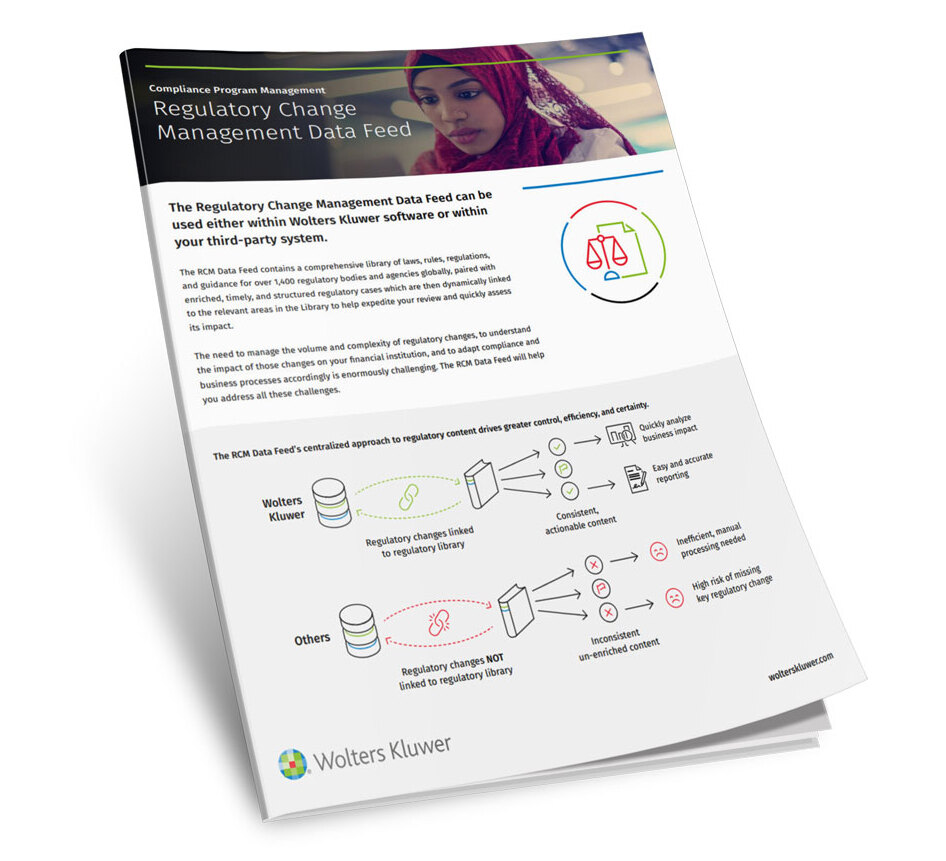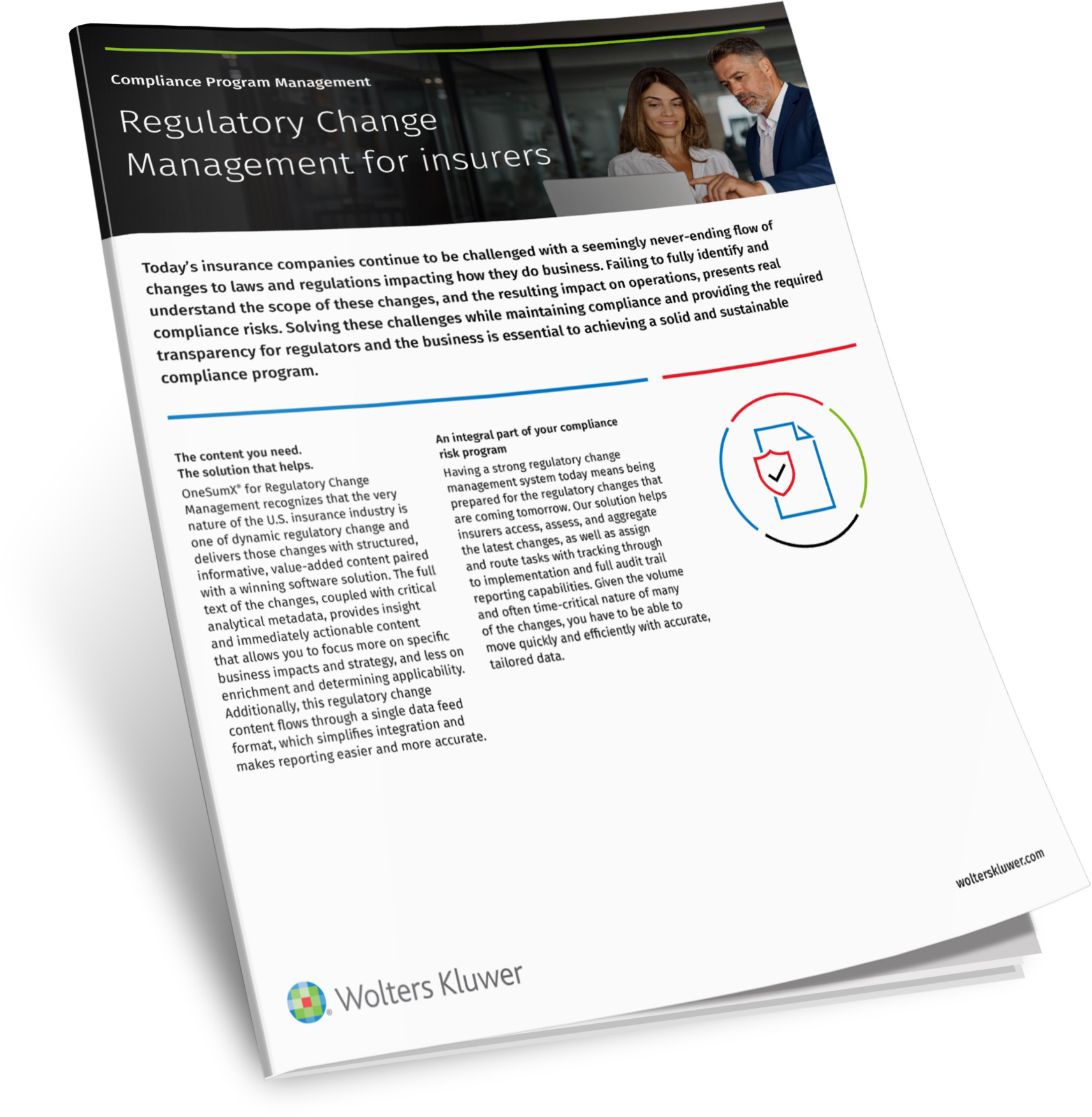
Track regulatory developments across a list of global agencies






Products



Regulatory Change Management for Insurers
OneSumX for Regulatory Change Management treats compliance holistically and provides insurers with a centralized and automated approach that drives greater control, efficiency and certainty.
Download the Solution Overview →
NILS™ Feed Plus
A chief concern for today’s compliance and regulatory affairs professionals
is keeping pace with the ever-changing and increasingly complex regulatory
environment.
Download the Product Sheet →
Give us 30 minutes
Related Products